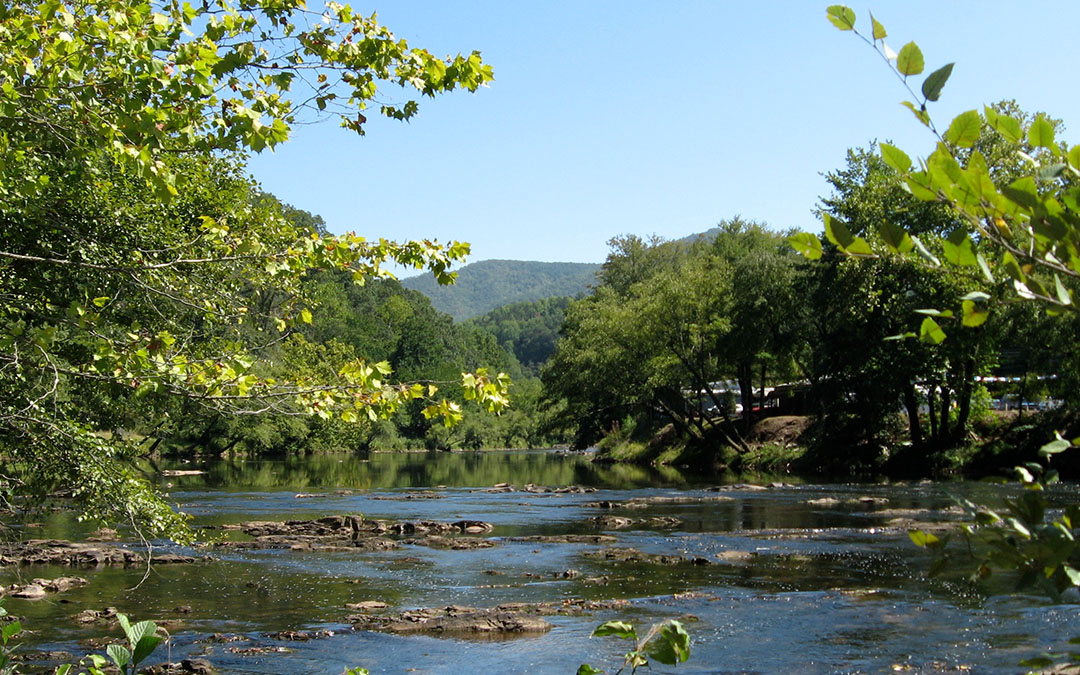I owe much of what I know about how, where, and when to fish to great guides. Guides who spend day after day on the same water accompanying myriad clients of varied ability and temperament amass an abundance of knowledge that’s ours for the learning. Most of the time that’s what I’m paying for when I hire a guide, as well as for a ride in their drift boats down a new river.
My expectations for a float-trip guide are pretty simple: knowledge of the river, its fish, their holds, and their diets; willingness to work with anglers whose casts are as modest as mine; and the ability to manage the boat in order to put me where I can hook, play, and land fish. The best guides understand that they’re in the hospitality business and think of their watercraft as a first-class floating fishing lodge and their clients as honored guests.
Just as I do when I check into a new lodge, when I step into a guide’s drift boat I can tell by its level of cleanliness and clutter how well its captain may care for his guests. Once in a while I get an inkling of that when I’m gearing up.
So it was on a recent float on the Tuckasegee River, which drains the homeland of the Eastern Band of the Cherokees in North Carolina along the southwestern flank of the Great Smokies. With friends whom I hadn’t seen in years, I planned to drift the section above Bryson City, a run known for its high numbers of rainbows, mostly stocked, but a few come up the river from Fontana Lake to spawn.
Our guide, whom I will not name, advised me that I’d never be able to hook and hold a rainbow on the 4-weight cane rod I planned to fish. He told me that graphite was far superior and I should be using one of his 5-weights or 6-weights. I acknowledged the fact that graphite allowed quicker hooksets but said I prefer to fish bamboo.
His boat, an inflatable hard-side model, was not well squared away. Loops of anchor line rambled over the floorboard, across which bottles of water and cans of soft-drink rolled, having escaped their plastic grocery bag fresh from a local convenience store—not impressive. Dan, an old pal from my days with TU in Virginia, took the bow so I, with my camera, could get better shots of the action from the stern seat.
We rigged with a #22 blue-winged olive nymph dropped 18 inches or so beneath a #16 bead head pheasant tail fished a couple of feet under an orange strike indicator. My buddy and I were told that strikes were very soft and the instant the indicator submerged we must strike hard. Humph . . .
This mileage of the “Tuck” flows across a run of boulders resting on ledges creating scores of tiny pockets of soft water framed by swift little currents. Casts needed to be short, fairly precise, picked up quickly, and delivered again. No problem. If our guide didn’t like our floats, he admonished us to “mend, mend, mend!” and each time our indicators submerged, the guide yelled “Set!” So much for the quiet solitude of fishing with a friend on a beautiful late-fall morning.
When my strike indicator twitched unnaturally, I lifted my rod tip and instantly knew I was fast to a good fish. It ran downstream, bowing the bamboo rod into its butt. My Pflueger Medalist reel, a new model, gave forth its classic whine as the fish stripped line down to the backing. That’s what I love about big fish on cane.
After ten minutes or so I was able to bring the fish close to the boat. The ’bow’s head was not up, and I knew its fight was far from done. We were anchored, but the boat and oars were slewing this way and that in the current. Other guides I’d fished with would have shipped the oars when I hooked what seemed to be a heavy fish. Our guide didn’t.
Rather than waiting until the fish was tired, he stabbed at it with his net the moment it got close to the boat. He missed. The fish rolled. We could easily see its deep red stripe and that it was longer than the opening of the boat net—a good 20 inches plus. It made a slashing turn and sped downstream. I let it run, assuming the guide would lift the anchor and follow the fish. Nope. Instead he instructed me to “pump it in, pump it in!”
Further, he had not advised Dan to bring in his line, and when the fish ran to his side of the boat, his rod was in the way. Instead of telling him to lower his rod and reel in, my guide told me to give him my rod. As he grabbed it by its lower ferrule, the fish lunged viscously and was gone.
“You broke him off,” the guide told me, but the scrap of flesh on the hook of the tiny olive nymph told me otherwise. With better boat handling, we could have landed that fish. No sense in pointing out to the guide his errors. Why make the trip more unpleasant for all? As Kurt Vonnegut, writes at the end of his novels: “And so it goes.” There’ll be other fish.

